14″ Vajra Yogini Hand Carved Stone Statue!

(By Tsem Rinpoche)
These 2 statues are the new 14″ stone Vajra Yogini statues that are individually carved from stone. Although similar, no two pieces look the same. Very personal and unique. It is so beautifully carved. It can be for the home or in the garden to bless the environment/animals. Can even be invited to the home as a ‘decorative’ piece. Sacred art blesses all space, so it would be treasured to have.
One is with gold dust and Her features painted, and one is without. KSA (Kechara Saraswati Arts) painted Her face beautifully. Traditionally we paint Her face in gold to collect merits and make affinity. But keeping it in natural stone unpainted is more than fine.
I wanted to share with all of you who want something different and unique what is available in Kechara Paradise outlets. I have one of these in my bedroom right across from my bed.
Tsem Rinpoche

Before painting gold onto her face (also with a hand to show the relative size!)

After painting gold onto her face

Close-up of Vajrayogini’s face painted with gold

2 Vajrayogini statues: one with her face painted and the other without
Please support us so that we can continue to bring you more Dharma:
If you are in the United States, please note that your offerings and contributions are tax deductible. ~ the tsemrinpoche.com blog team




































































































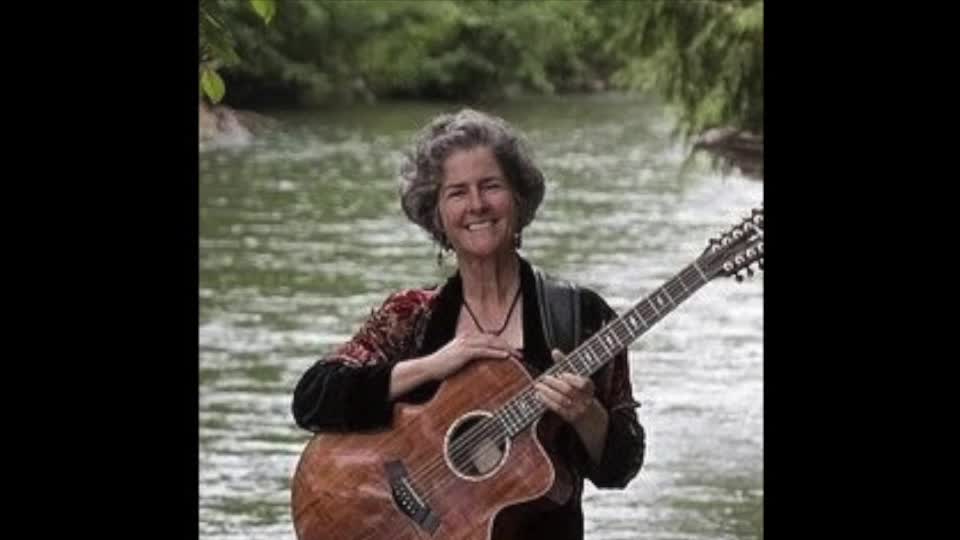
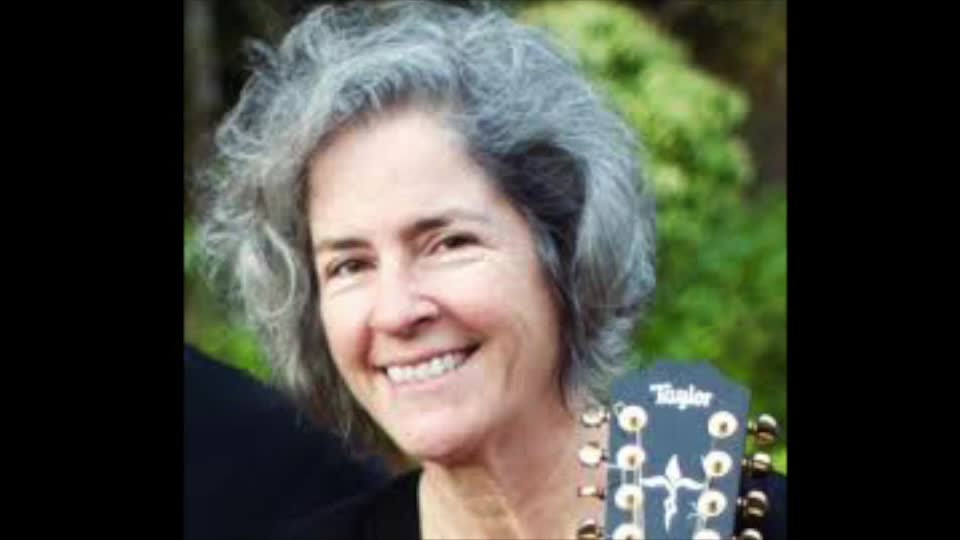























































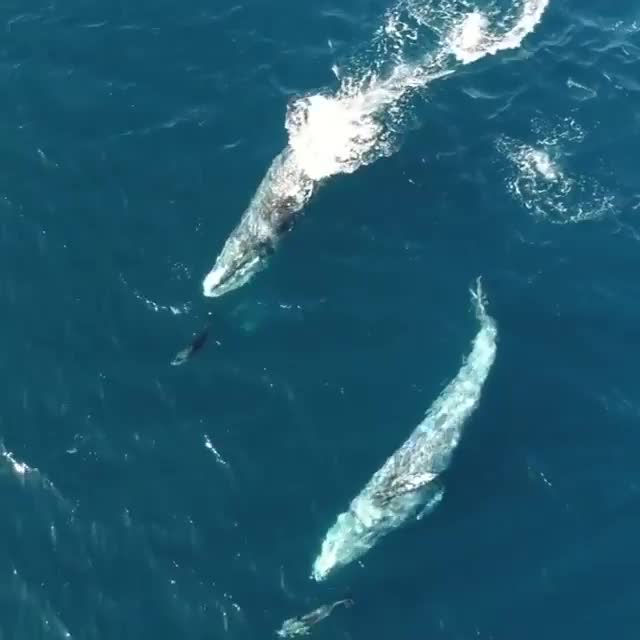

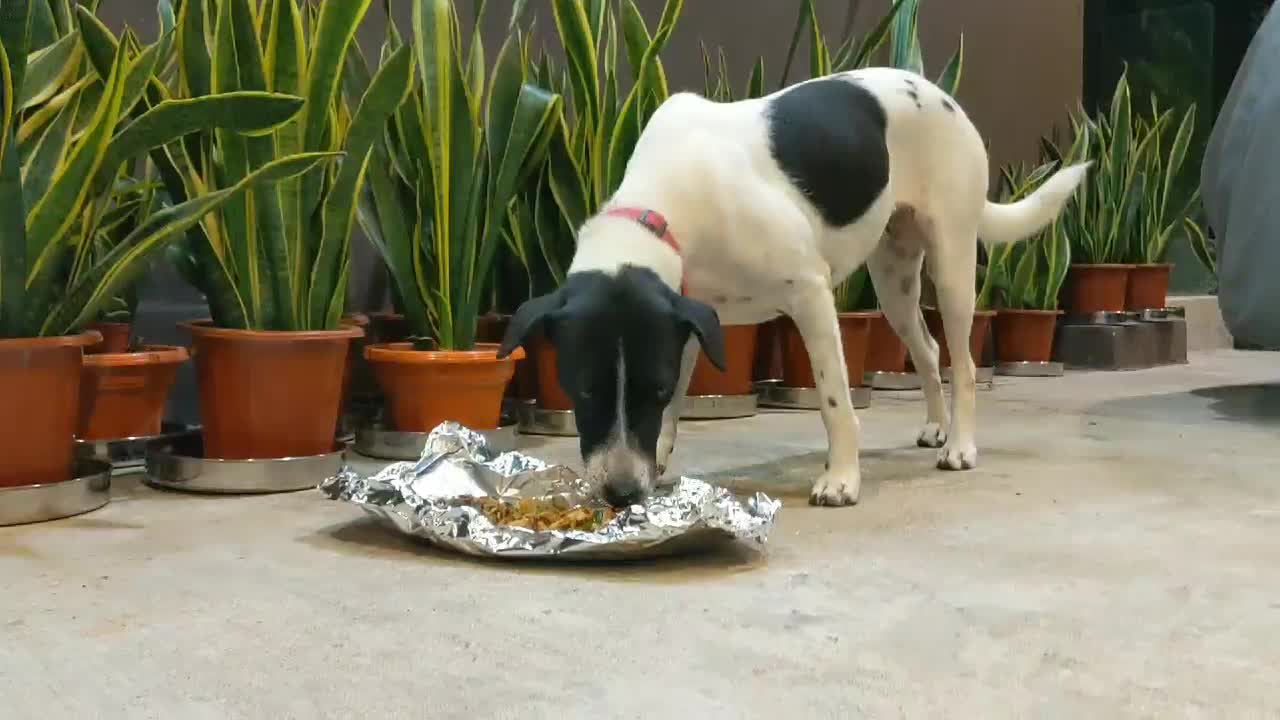
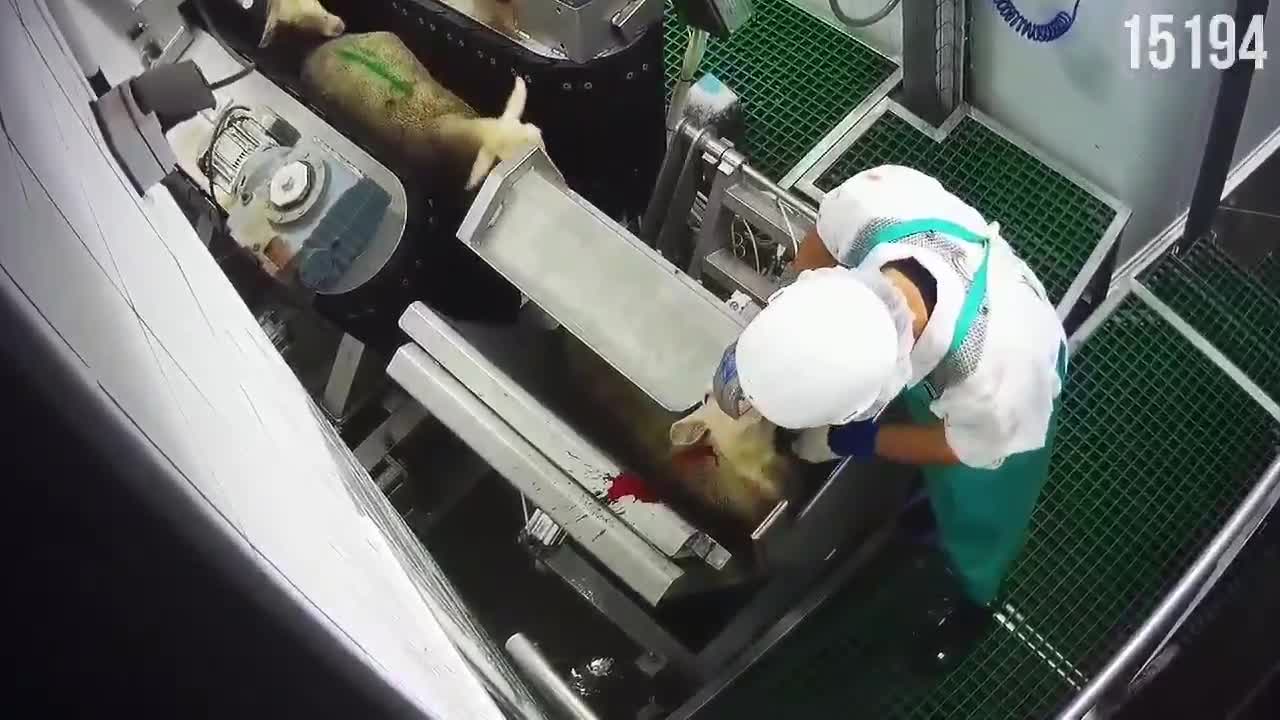
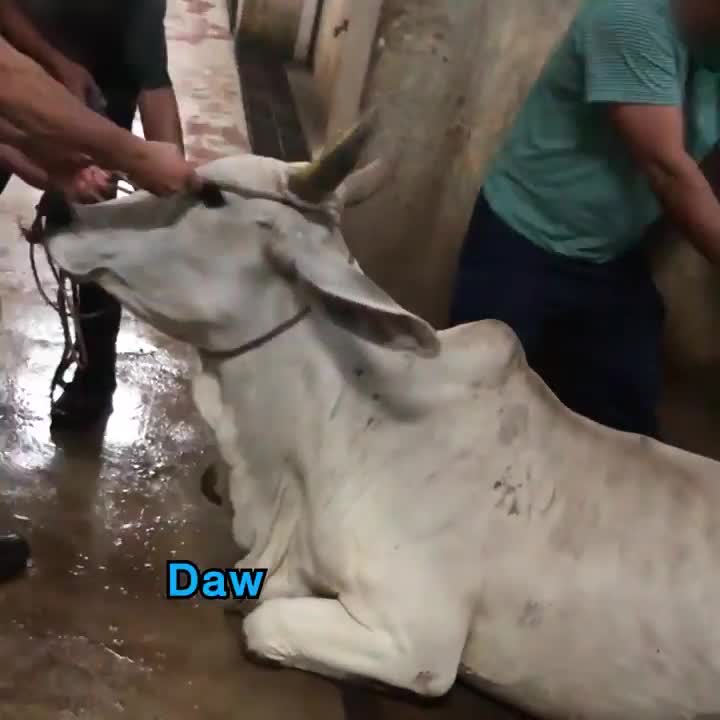
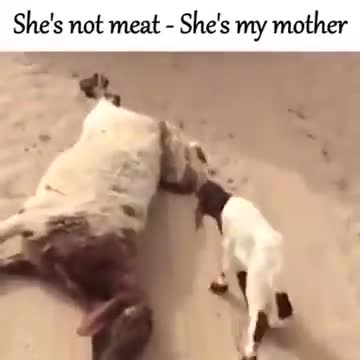
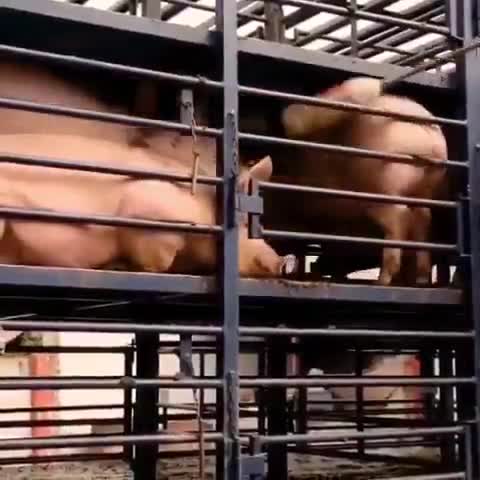
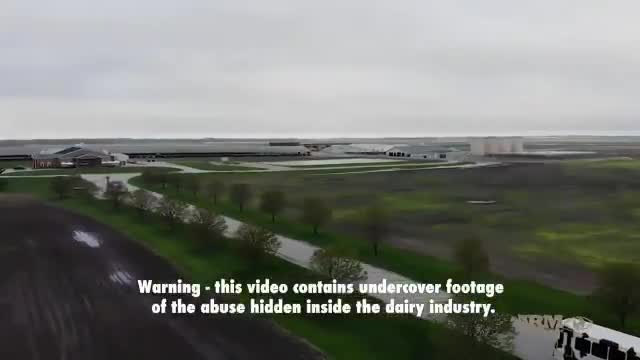
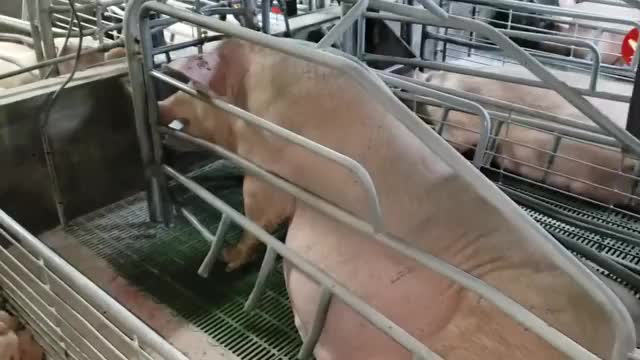
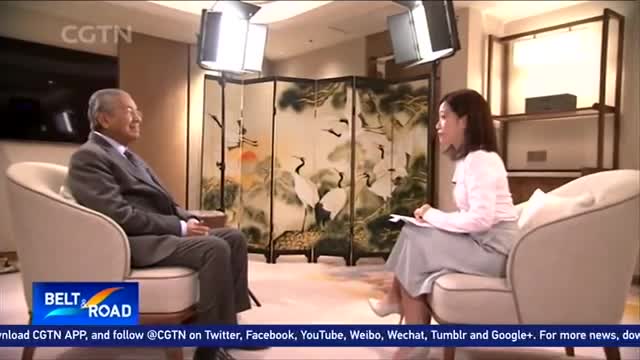
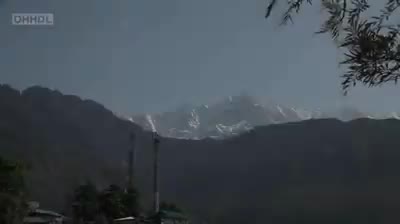
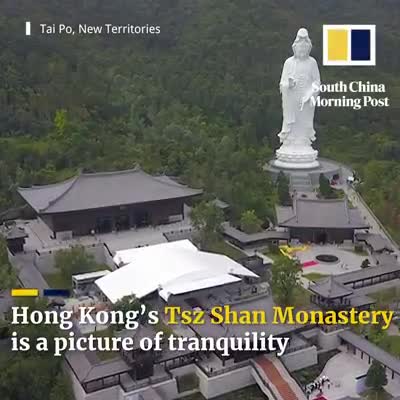

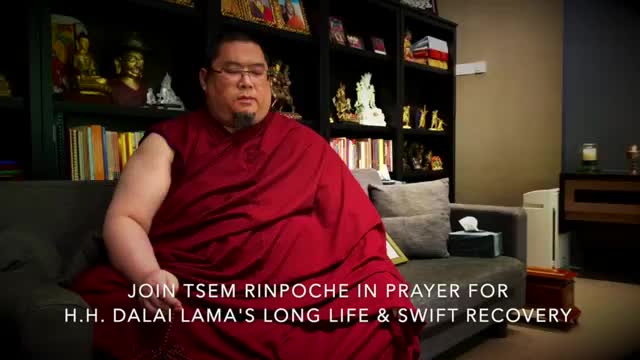
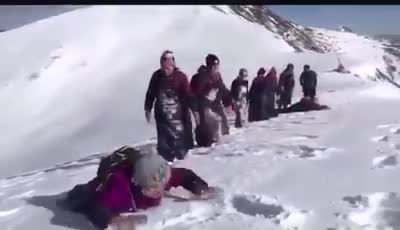
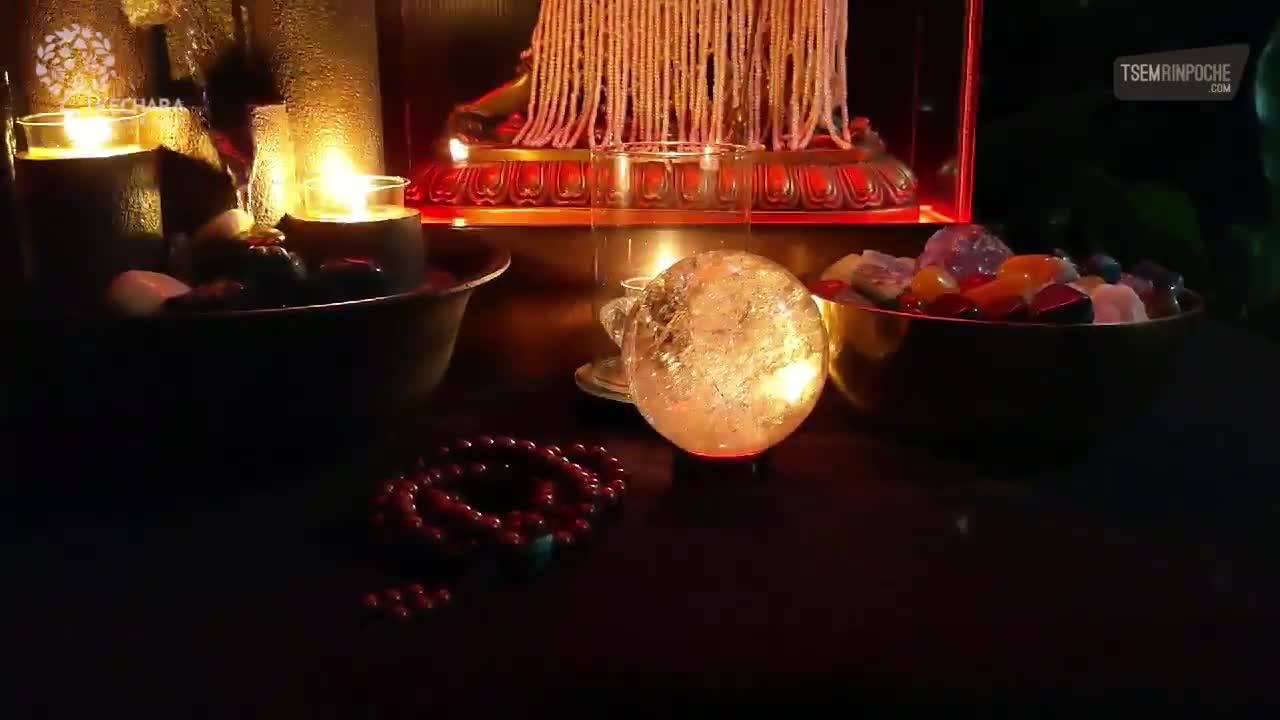
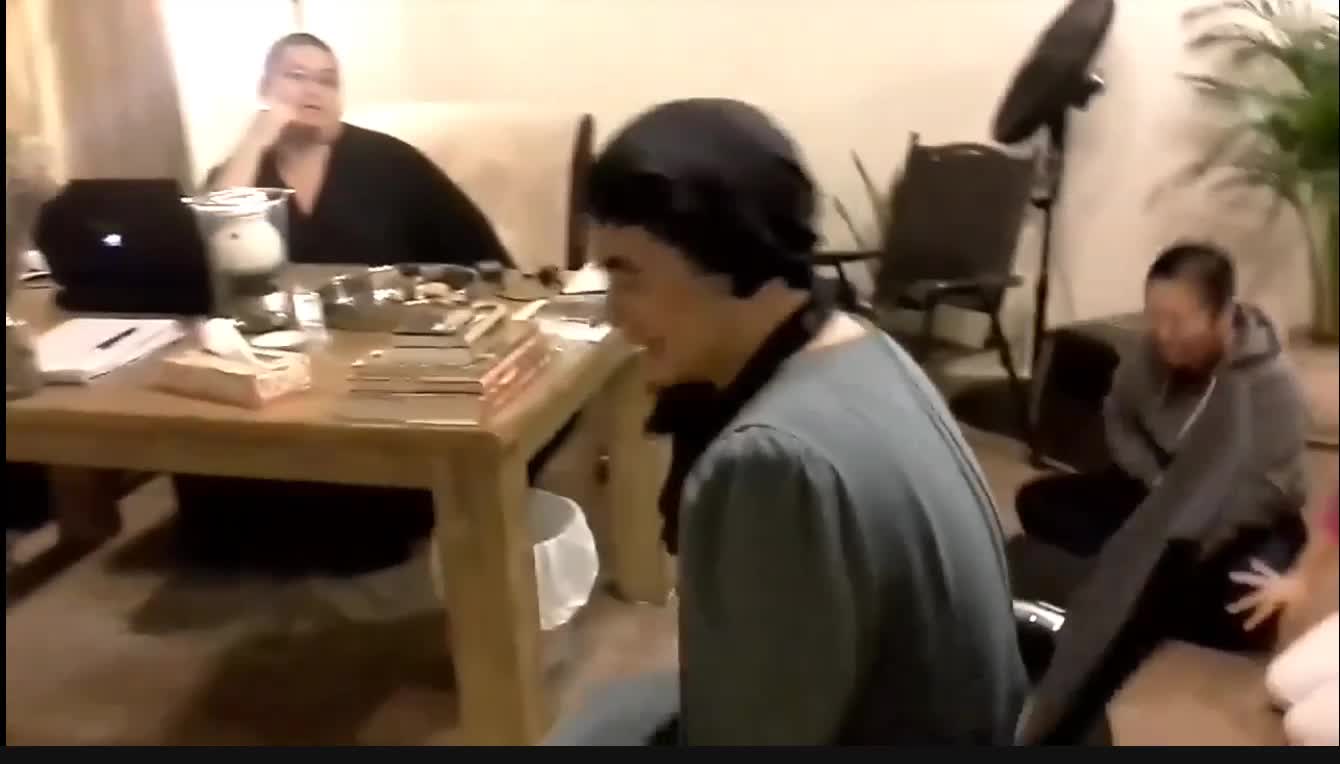
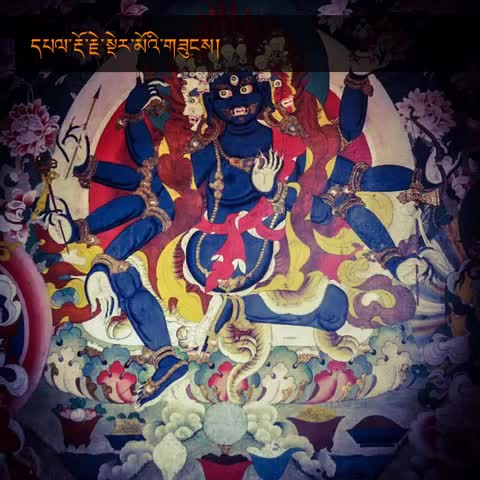
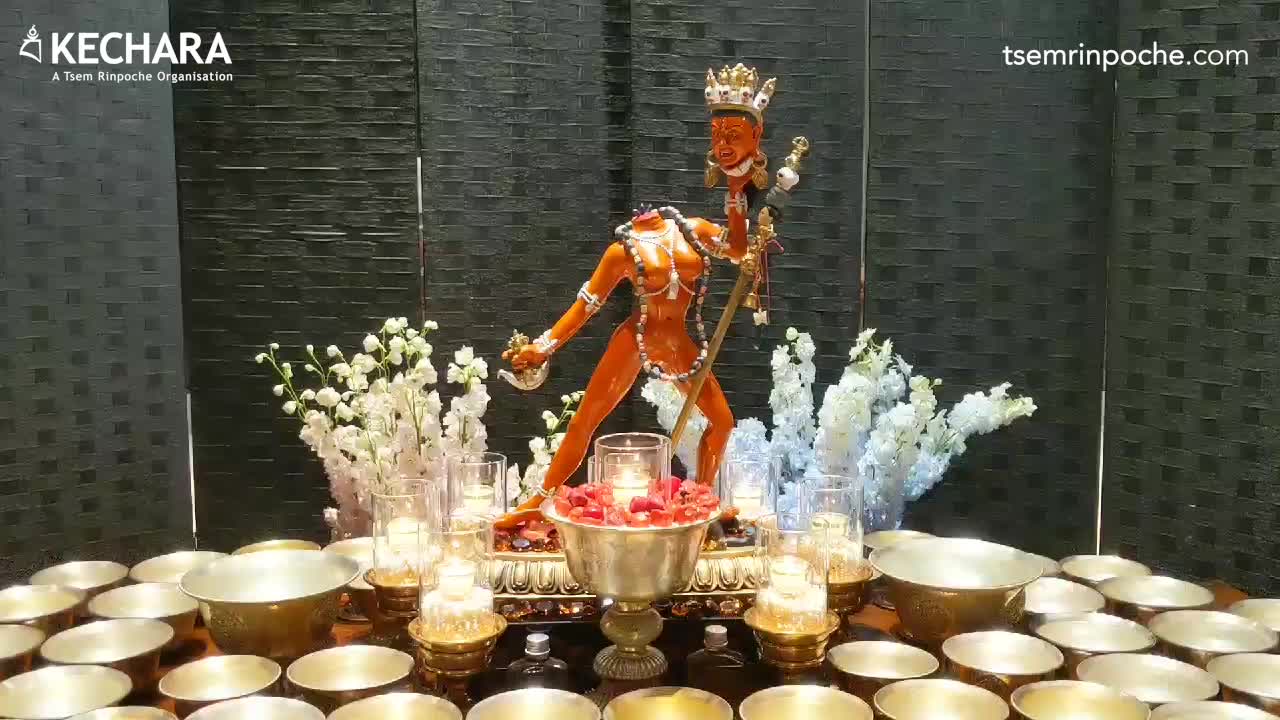
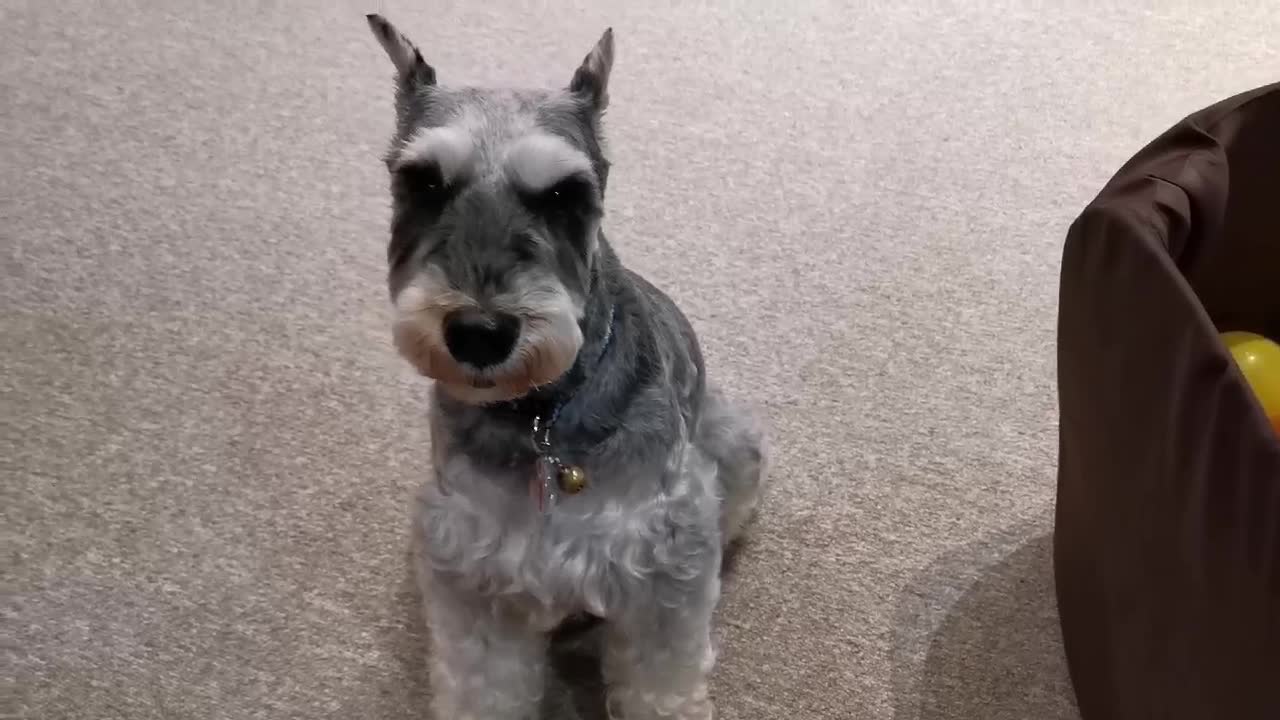
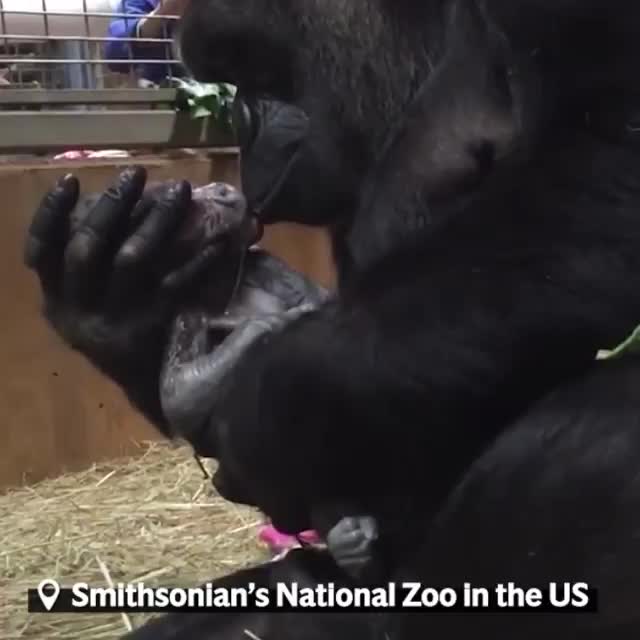
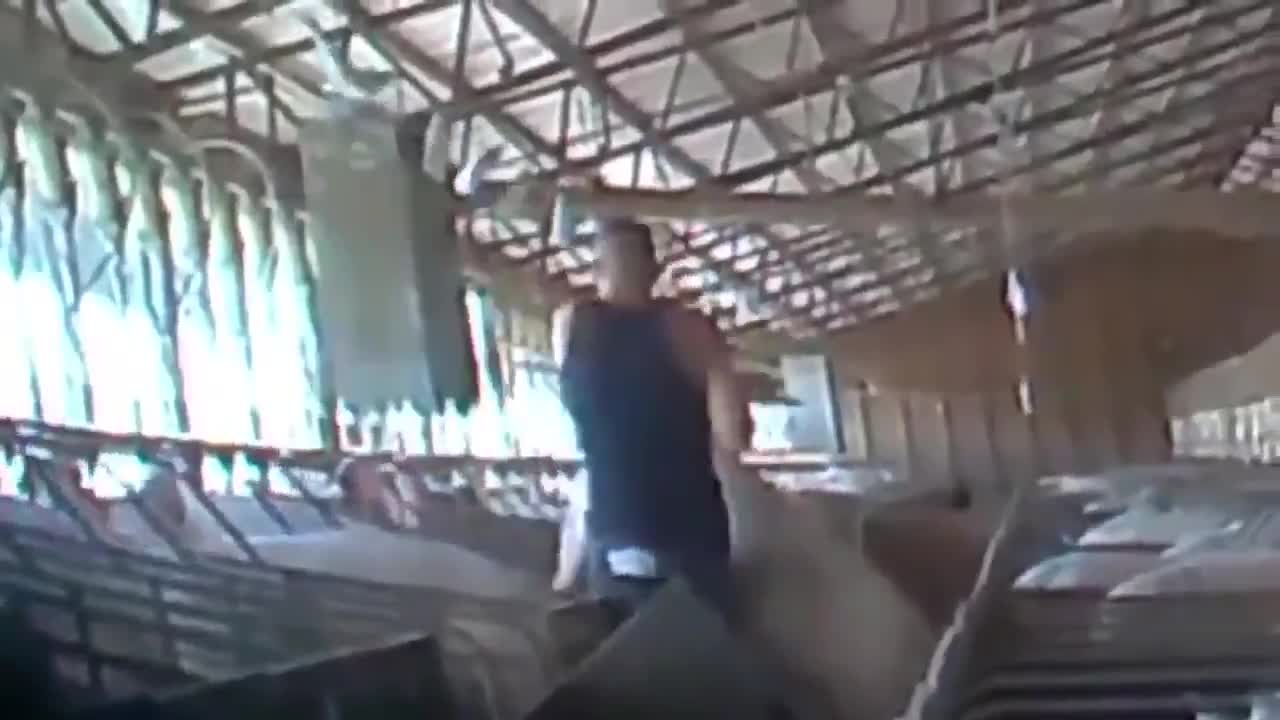
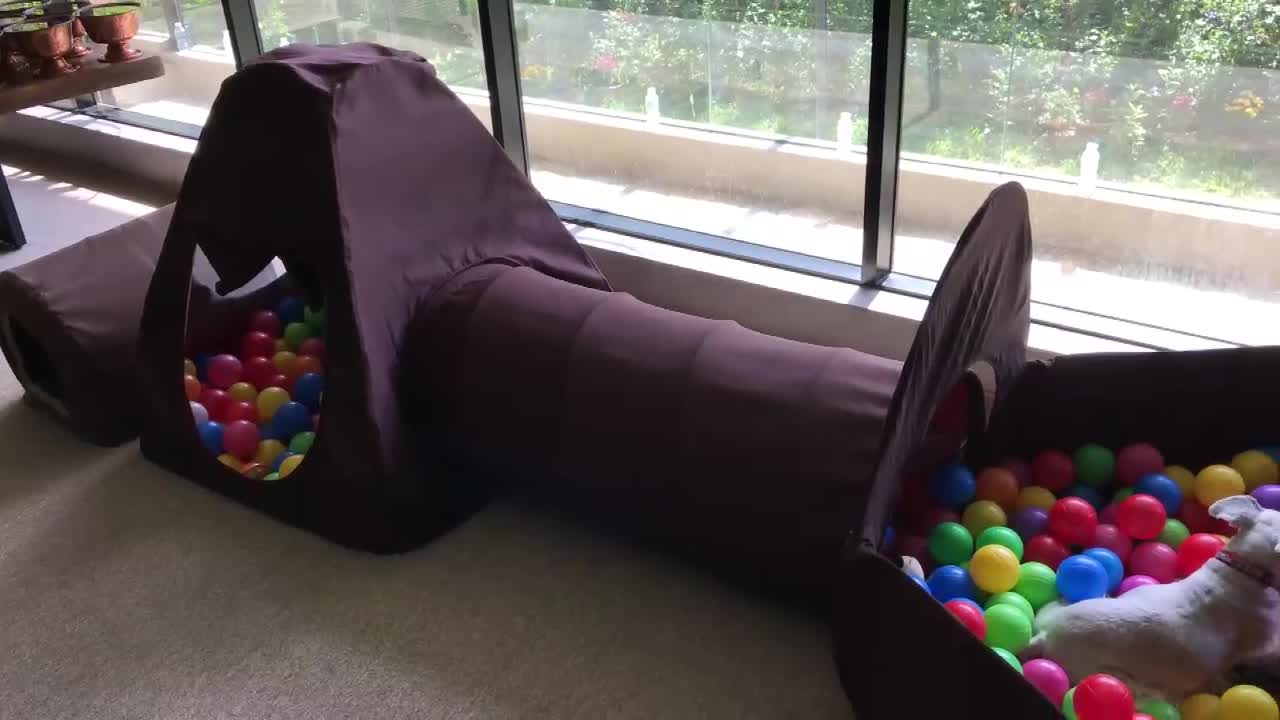
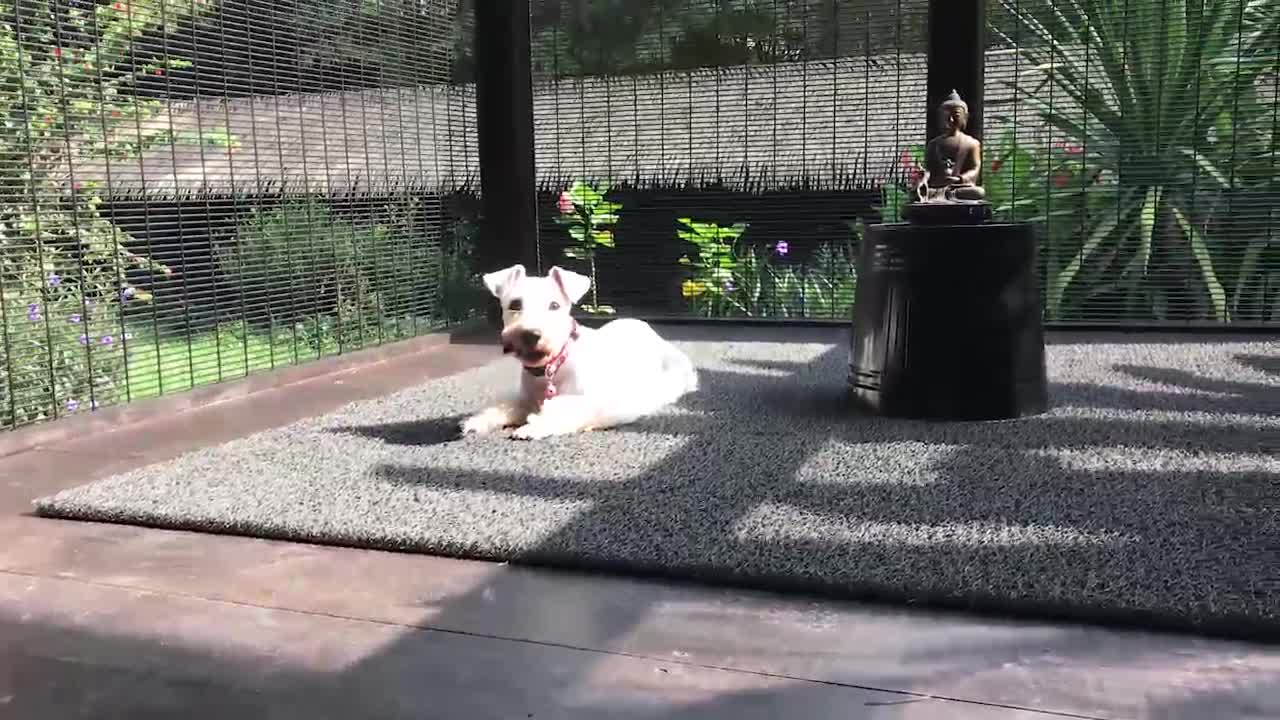
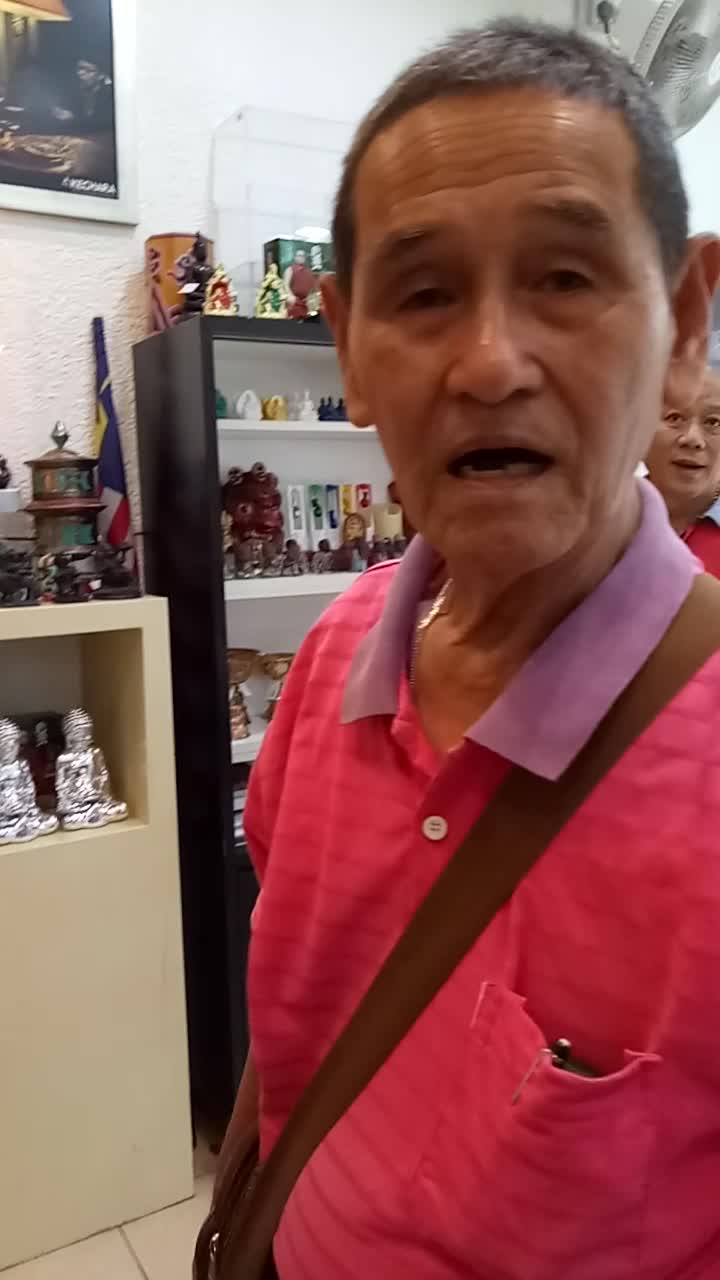
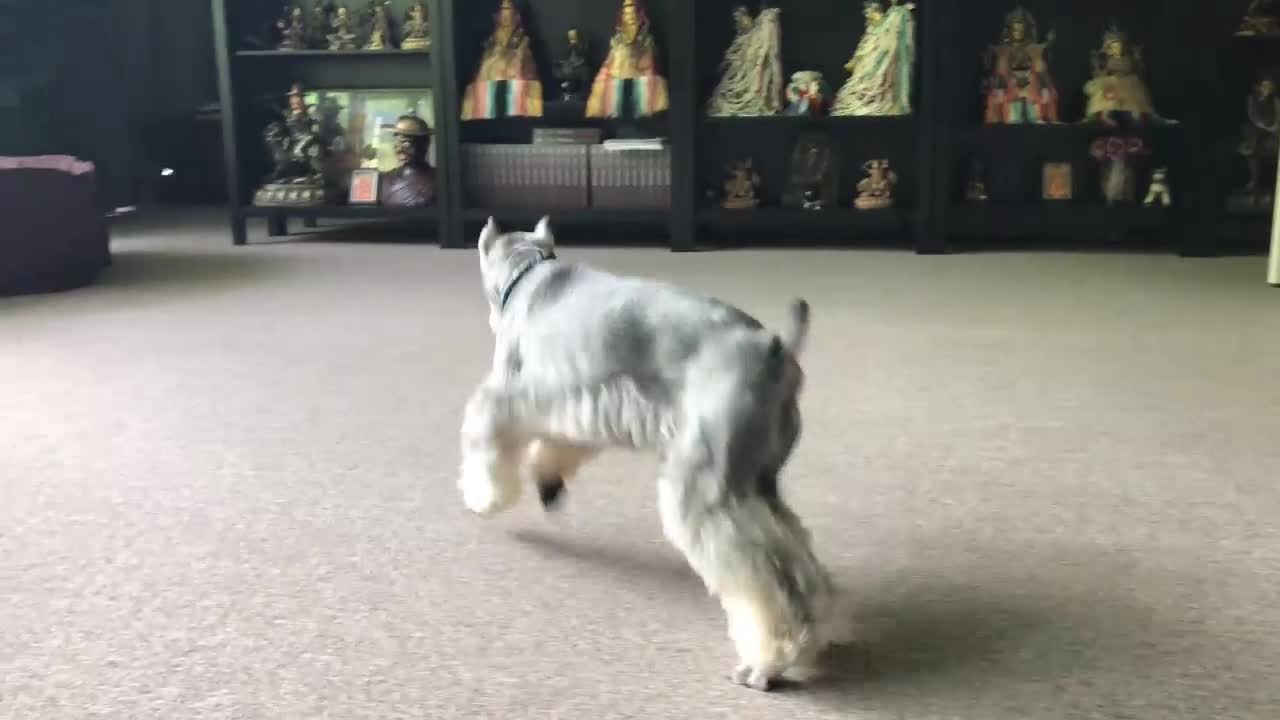
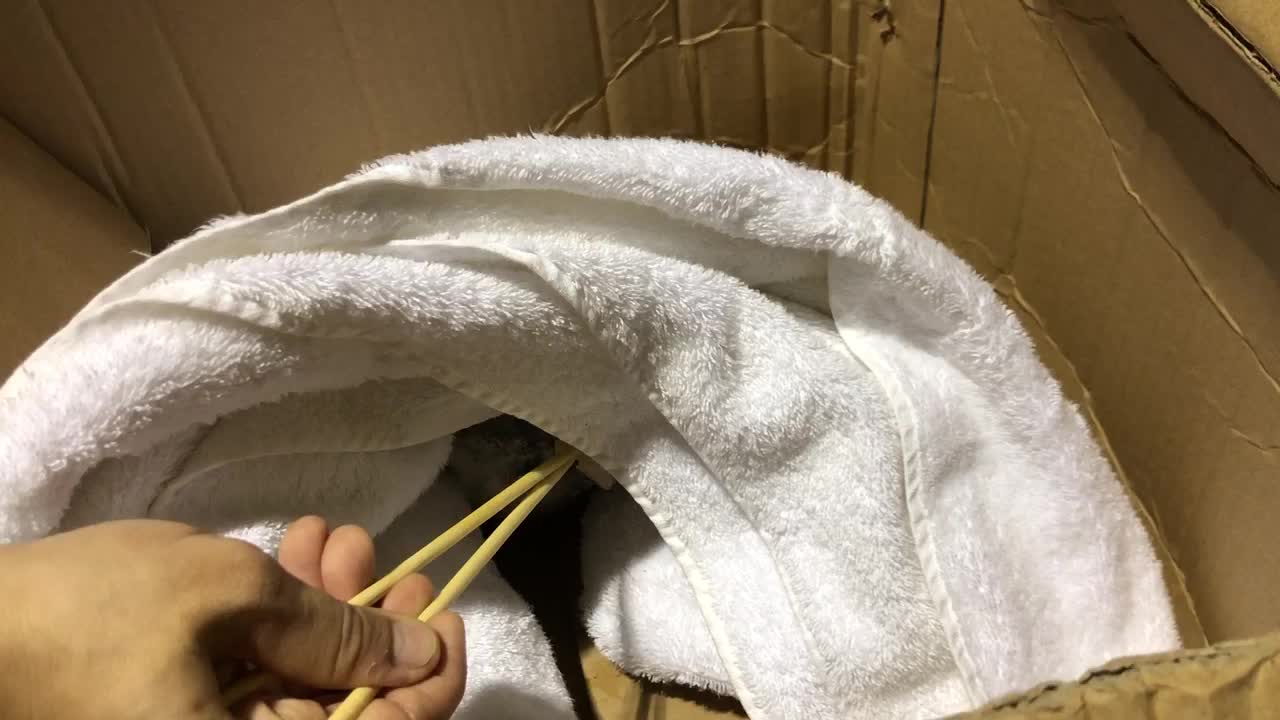

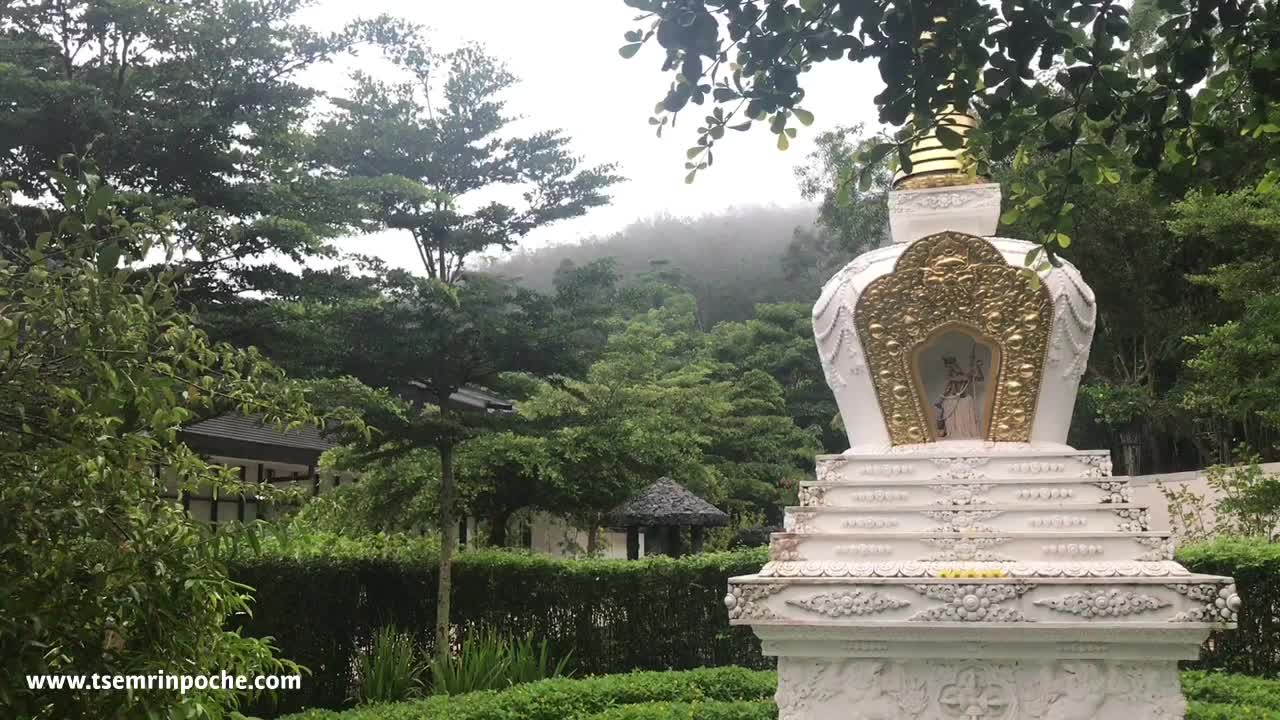



































































A sacred image of the rare form of Vajrayogini known as Ucheyma, the Buddha that shows us the path to eradicate the ego. For this and many other high-resolution images of the enlightened beings to download for free visit: https://bit.ly/2oxb4qU
Ucheyma (Severed Headed Vajrayogini) (Main figure)
(Top to bottom): H.H. the 7th Panchen Lama, Ucheyma (Severed Headed Vajrayogini), Vajra Varnani (green assistant), Vajra Vairocani (yellow assistant), Dorje Shugden and Citipati.
The central deity is known as Chinnamasta or Dorje Neljorma Ucheyma. Both Chinnamasta (Sanskrit) and Ucheyma (Tibetan) literally mean, ‘She Whose Head is Severed’. The meaning behind her form is to show practitioners that they need to completely remove the grasping and self-identification with the “I” or the ego. Generally, the identity of the self is strongly associated with our face more than any other part of our body. We usually recognise a person when we look at a person’s face. Hence, our self-identification or ego is strongly associated with our face. To show us that this self-identification needs to be overcome on the spiritual path to enlightenment, Vajrayogini uses her ritual chopper to decapitate herself. This is symbolic of her practice eradicating the ego.
The Severed Headed Vajrayogini, as she is also known, removes all afflictive mental constructs by removing the root cause – the identification of the self, the ego. We are either attached to or averse to people and circumstances because we have an ego to please, gratify and protect. But in the grander scheme of things, this self-identification with the ‘I’ is illusory and does not really exist. Therefore, Vajrayogini reveals this ultimate truth through the dramatic decapitation of her head and at the same time is still able to live and function. She is able to live due to her direct perception of emptiness and egolessness.
Contrary to what some people might think, the eradication of the self does not destroy individualism, our personality or make us into a mindless person. In fact, the eradication of the ego makes us become a vibrant and compassionate person, someone that has greater awareness of the suffering of others. In other words, we become much warmer, kinder, forgiving, tolerant, conscientious, generous, contemplative and we are become a joy to be with. The cutting of the ego or the ‘I’ brings us towards awakening our true self, the Buddha nature within.
The Severed Headed Vajrayogini has two dakini attendants. From the trunk of her neck, there are three severed blood vessels spurting three jets of blood that flow into the mouths of her own decapitated head that she carries in her left hand and into the mouths of her two attendants. Tsem Rinpoche explained that the three jets of blood represent that her practice purifies the three psychic poisons of ignorance, hatred and desire. In turn, this leads to the attainment of the three bodies of a Buddha – the emanation body, the enjoyment body and the truth body. In other words, the severance of the ego via her tantric path leads to the purification of all delusions and ultimately, the attainment of Buddhahood itself.
The 7th Panchen Lama, Palden Tenpai Nyima is featured floating above because of his compilation of sadhanas from the ancient Sadhanamala texts. This includes a particular sadhana or collection of prayers, visualisation and mantra focused on Ucheyma. Incidentally, Dorje Shugden in many of his previous lives was a lineage master of the Vajrayogini tantras as well. These previous lives include the likes of the Mahasiddha Naropa and Tsarchen Losel Gyatso. The Lord and Lady of the Charnel Ground, known as Citipati, are one of the main protectors of the Vajrayogini Tantra.
Last of all, the ascetic meditator engaging in his devotional practices towards Ucheyma in the cemetery represents the ideal environment for tantric practice because such environments invoke deep renunciation towards worldly affairs and attachments. All Buddhist traditions advocate meditating on the bones of the deceased because it reminds us of our mortality and hence, we develop revulsion towards the transient nature of worldly or ordinary existence.
More free downloads: https://bit.ly/2oxb4qU
Read more about Vajrayogini: https://bit.ly/2iVLCuG
Ucheyma (Severed Headed Vajrayogini) (Main figure)
(Top to bottom): Maitri Kacho (Flying Vajrayogini), Maitri Kacho (One-Leg Up Vajrayogini), Naro Kacho, Sukhasiddhi, Ucheyma (Severed Headed Vajrayogini), Vajra Varnani (green assistant), Vajra Vairocani (yellow assistant), Citipati, Vajravarahi and Dorje Shugden.
The central deity is known as Severed Headed Vajrayogini, Chinnamasta or Dorje Neljorma Ucheyma. Both Chinnamasta (Sanskrit) and Ucheyma (Tibetan) literally mean, ‘She Whose Head is Severed’. The meaning behind her form is to show practitioners that they need to completely remove the grasping and self-identification with the “I” or the ego. Generally, the identity of the self is strongly associated with our face more than any other part of our body. We usually recognise a person when we look at a person’s face. Hence, our self-identification or ego is strongly associated with our face. To show us that this self-identification needs to be overcome on the spiritual path to enlightenment, Vajrayogini uses her ritual chopper to decapitate herself. This is symbolic of her practice eradicating the ego.
The Severed Headed Vajrayogini removes all afflictive mental constructs by removing the root cause – the identification of the self, the ego. We are either attached to or averse to people and circumstances because we have an ego to please, gratify and protect. But in the grander scheme of things, this self-identification with the ‘I’ is illusory and does not really exist. Therefore, Vajrayogini reveals this ultimate truth through the dramatic decapitation of her head and at the same time is still able to live and function. She is able to live due to her direct perception of emptiness and egolessness.
Contrary to what some people might think, the eradication of the self does not destroy individualism, our personality or make us into a mindless person. In fact, the eradication of the ego makes us become a vibrant and compassionate person, someone that has greater awareness of the suffering of others. In other words, we become much warmer, kinder, forgiving, tolerant, conscientious, generous, contemplative and we are become a joy to be with. The cutting of the ego or the ‘I’ brings us towards awakening our true self, the Buddha nature within.
The Severed Headed Vajrayogini has two dakini attendants. From the trunk of her neck, there are three severed blood vessels spurting three jets of blood that flow into the mouths of her own decapitated head that she carries in her left hand and into the mouths of her two attendants. Tsem Rinpoche explained that the three jets of blood represent that her practice purifies the three psychic poisons of ignorance, hatred and desire. In turn, this leads to the attainment of the three bodies of a Buddha – the emanation body, the enjoyment body and the truth body. In other words, the severance of the ego via her tantric path leads to the purification of all delusions and ultimately, the attainment of Buddhahood itself.
Severed Headed Vajrayogini is surrounded by some of her other forms, including Naro Kacho, two forms of Maitri Kacho, Sukhasiddhi and Vajravarahi. These forms of Vajrayogini are more commonly practised compared to Severed Headed Vajrayogini and are prevalent in most Tibetan Buddhist lineages. Though they may look different, all forms are indivisible from her true nature and all her practices can lead practitioners to enlightenment. Naro Kacho arose from a vision beheld by the Mahasiddha Naropa, Maitri Kacho from a vision beheld by Maitripa, and Indra Kacho from a vision beheld by Indrabodhi. The Lord and Lady of the Charnel Ground, known as Citipati, are one of the main protectors of the Vajrayogini Tantra.
Last of all, Dorje Shugden is a protector with special affinity with Vajrayogini practitioners because he arose from an incarnation lineage that includes Naropa and Tsarchen Losel Gyatso who practised and proliferated her Tantra.
More free downloads: https://bit.ly/2oxb4qU
Read more about Vajrayogini: https://bit.ly/2iVLCuG
Vajrayogini (Main figure)
(Top to bottom): Naropa, Vajradharma, Hero Vajradharma, Naro Kacho, Maitri Kacho (Flying Vajrayogini), Dorje Shugden and Vajravarahi.
Vajrayogini is a female tantric Buddha and she has many forms that are derived from various lineages. She mainly embodies the fully enlightened female (shakti) aspect of a Buddha. She belongs to the Mother Tantra classification, which refers to her practice concentrating on the wisdom aspect of the path to Buddhahood. She is also the principal dakini, the compassionate female guides and nurturers of tantric meditation who lead practitioners to enlightenment. In the thangka, the main figure in the middle is Naro Kechari as she arose from the pure vision of the Mahasiddha Naropa.
In Anuttara (Highest) Yoga Tantra, principal dakinis normally appear in union with a male consort and this can be seen in the cases of deities such as Guhyasamaja, Hevajra, and Kalachakra. In the case of Vajrayogini, she is the principal female Buddha of the Chakrasamvara Tantra and therefore, she is normally in union with Heruka Chakrasamvara. Furthermore, Vajrayogini is also considered a Vajradakini, who are yidams or meditational deities in their own right. Their practices have evolved from the main practices of their consorts, simplifying the otherwise complicated original practice by reducing it to a single-deity meditation without sacrificing the main benefits and features of the original. Hence, Vajradakini practices such as Vajrayogini and Nairatmya are derived from the original Chakrasamvara Tantra and Hevajra Tantra respectively.
In essence, Vajrayogini is known as “Sarvabuddha-dakini” or the Dakini Who is the Essence of all Buddhas. Her mantra is known as the King of All Mantras as it has the most powerful ability to bless us with spiritual attainments even without any visualisation or meditation. There are 11 Yogas in the generation stage of her practice and a few which have the power of transforming ordinary actions like sleeping, waking and ordinary daily tasks into a collection of merits. Ultimately, her Tantra offers salvation for ordinary practitioners at death with her special promise of guiding practitioners towards Kechara, or the Paradise of the Dakinis, in which we can continue deep practices to become a Buddha without fear, obstacles and interruptions.
Within Vajrayogini practice, soliciting the blessings of the lama and the lineage master are of paramount importance in order for our practice to bear results. Hence, the lama is visualised as the red Vajradharma with arms crossed at the heart, holding the vajra and bell. The lineage masters are visualised as Hero Vajradharma, holding a damaru and skullcup while cradling a khatvanga. Aside from the main Naro Kechari form, Vajrayogini also appears in the form of Maitri Kechari, who is known as Flying Vajrayogini, and arose from the vision of Maitripa. Another common form is known as Indra Kechari, or Vajravarahi, who arose from the vision of Indrabodhi.
Last of all, Dorje Shugden is a Dharma protector with a special affinity with Vajrayogini practitioners. This is because he himself arose from an incarnation lineage that includes the likes of Naropa, the progenitor of Naro Kechari practice, and Tsarchen Losel Gyatso who had practised and proliferated her Tantra and is listed as one the lineage masters invoked upon every day by Vajrayogini practitioners.
More free downloads: https://bit.ly/2oxb4qU
Read more about Vajrayogini: https://bit.ly/2iVLCuG
Original illustration and text posted by Eric D Hatchell as a reply to H.E. Tsem Tulku Rinpoche’s facebook post on Vajrayogini here: http://bit.ly/VYogini0001
The Dākiṇī with the Essence of all Buddhas, Vajrayoginī
Her practice includes methods to end the otherwise repetitive states of Bardo and rebirth, by transforming the process into a journey, which may lead to full enlightenment. In preparation for which, Vajrayoginī further offers the omnipresent ability to reconstruct the nature of the most, mundane everyday experiences, such that they may reveal higher destinations, via the spiritual paths she may choose to reveal. [1] Vajrayoginī being defined as, “The Dākiṇī who is the Essence of all Buddhas”, [2] is amplified by scholar Miranda Shaw when she implied that this deity is no less than, the supreme nature of the very Tantric pantheon. No male Buddha, including her divine consort, Heruka-Cakrasaṃvara, further advances her in metaphysical implications. [3]
Vajrayoginī’s sādhanā originates from India circa 10/12th C, [4] when summoned as Heruka-Cakrasaṃvara’s Yab-Yum consort [5], with later forms including Vajrayoginī as “Solitary Hero”, she may be visualized with the deep red complexion of a 16-year-old female, whose stance is nude amidst a blazing fire of pristine awareness and most exalted wisdom. Her head is adorned with a crown of five skulls and upon her forehead, the third eye of wisdom is set vertically (represented here by an auspicious jewel). She drapes a necklace of fifty dried human skulls and is depicted with her traditional vajra-handled knife in her right hand; with a blood filled kapala in her left, she drinks with upturned head while looking above, toward the pure realm of Khechara. This seemingly gruesome gesture is actually symbolic of her clear light in great joy, known as “mahasukha” (the great bliss), [6] [7] thus the blood she drinks may be offered to us all as if a fine wine.
Resting on the left shoulder is a Katvanga staff as she stands tall with her two feet, trampling the bodies of red Kalaratri and black Bhairava (with heads bending backward), representing the embodiment of illusion and ego-awareness. The composition, all of which rests above a sun disc and multicolored lotus pedestal, she is rendered here after a thankga of Naropa Tradition (passed down from a special teaching of the Indian Mahasiddha Naropa). Vajrayoginī herself may be classified as the personification of “Wisdom” or “Mother” and her practice originates with the Chakrasamvara Cycle of Tantras, which is one of the five principal tantric practices of the Sakya School, although found in one form or another, she is included in all schools of Tibetan Buddhism. [8]
Vajrayoginī also appears in versions from the Kagyu school of Tibetan Buddhism, with one popular system having the practitioner visualize themselves as Vajrayoginī, as such, their guru taking the form of Milarepa. [9] Thus depicted above the central deity here we see Milarepa on our right, with his great Guru Marpa left (whose guru was Naropa himself, and other great Indian masters). [10]
Vajrayoginī is a simplified, single most form of the female Buddha, who is otherwise a collection of alternate forms. From her sādhanās she is visualized in English terms as “Vajra Sow”, “Wrathful Lady”, “Fierce Black One”, and other such similar manifestations of female energy found in numerous iconographic renderings and traditions. Each feature of Vajrayoginī’s visualization conveys important spiritual concept. For example, her three eyes indicate her ability to see all (past, present and future); her red-colored body symbolizes the blazing of her ”inner fire”, and the curved knife she wields, demonstrates the power to sever the delusions and obstacles of her followers and of all living beings. [11]
—–
Wordmarque Design and Photography
—–
References:
[1] Gyatso, Kelsang. Guide to Dakini Land: The Highest Yoga Tantra Practice of Buddha Vajrayogini. London: Tharpa, 1996, p.xii.
[2] “The Berzin Archives.” Bonding Practices for Mother Tantra. Accessed February 18, 2016. http://www.berzinarchives.com/…/bonding_prac_mother_tantra_….
[3] Shaw, Miranda Eberle. Buddhist Goddesses of India. Princeton: Princeton University Press, 2006, p. 8.
[4] English, Elizabeth. Vajrayoginī: Her Visualizations, Rituals & Forms: A Study of the Cult of Vajrayoginī in India. Boston: Wisdom Publications, 2002.
[5] “Vajrasattva (Buddhist Deity) – White (with Consort).” Vajrasattva (Buddhist Deity). Accessed February 18, 2016. http://www.himalayanart.org/items/77598.
[6] Gyatso, Kelsang. Guide to Dakini Land: The Highest Yoga Tantra Practice of Buddha Vajrayogini. London: Tharpa, 1996 p. 123-127.
[7] Glenn H. Mullin
[8] “Item: Vajrayogini (Buddhist Deity) – (Naropa Tradition).” Vajrayogini (Buddhist Deity). Accessed February 18, 2016. http://www.himalayanart.org/items/290.
[9] English, Elizabeth. Vajrayoginī: Her Visualizations, Rituals & Forms: A Study of the Cult of Vajrayoginī in India. Boston: Wisdom Publications, 2002, p. xxiii.
[10] Drinking the Mountain Stream: Songs of Tibet’s Beloved Saint, Milarepa … by Mi-la-ras-pa, Rinpoche Lama Kunga, Brian Cutillo, p.305.
[11] Gyatso, Kelsang. Guide to Dakini Land: The Highest Yoga Tantra Practice of Buddha Vajrayogini. London: Tharpa, 1996, p.123-127.
The current form of Naro Kacho Vajra Yogini appeared to the Indian Mahasiddha Naropa after he meditated intensely on her practice inside a cave. He beheld her glorious form in a vision. This unique form became known as Naropa’s Vajra Yogini or Naro Kacho, as it had never existed before. Later, in Tibet, His Holiness Kyabje Pabongka Rinpoche also had visions of Vajra Yogini. His vision differed slightly from the vision of her that Naropa beheld. In the original Naro Kacho form, Vajra Yogini looks towards her pure land named Kechara. However in Kyabje Pabongka Rinpoche’s vision, she looked straight at him, symbolic of the deity empowering him to bestow her practice to many people in order to benefit them. The practice of Vajra Yogini belongs to the Highest Yoga Tantra classification that leads to tremendous inner transformation and can even grant enlightenment within just one lifetime.
Video of Tsem Rinpoche’s shrine taken July 16, 2018. Very beautiful, well done and meticulous.
https://www.youtube.com/watch?v=LPAfpMoN2bA
Video of Tsem Rinpoche’s shrine taken July 16, 2018.
Very beautiful, well done and meticulous.
https://video.tsemtulku.com/chat-videos/chat-1531752637.mp4
Vajra Yogini has many different forms and in each of these forms, the positioning of her sacred body, the various implements she holds and the expressions on her face have profound meaning into various aspects of enlightenment. The implements she holds, the expressions on her face, and her body symbolise specific aspects of enlightenment that suit people during a particular time and place according to their karma. So, therefore, Vajra Yogini’s pose, forms and emanations change over time in order to suit different karmically-connected practitioners. It will keep changing because enlightenment is fluid, compassionate and skilful. To gaze upon Vajra Yogini is to look at a complete ‘roadmap’ to enlightenment as every aspect of her body is a manifestation of enlightenment. Therefore to have her form, picture, painting or statue is very blessed. We should make offerings to her daily diligently.
After the great Mahasiddha Naropa had served his guru the Mahasiddha Tilopa for 12 years, Tilopa conferred the Vajra Varahi (another form of Vajra Yogini) initiation with full instructions unto Naropa. Then, Naropa diligently meditated on Vajra Varahi and had a vision of her, and when she appeared to him directly, she appeared in the form of Vajra Yogini. Normally, when he engaged in the Vajra Yogini (Vajravarahi) practice, she was in the form of facing him directly, holding a skull cup and a curved flaying knife in front of her heart. One leg was up and one leg was down as in a dancing pose. That was the form of Vajra Yogini that he had meditated on to gain the highest attainments.
After he had meditated on Vajra Varahi and gained visions of her, she appeared to him in a different form, with her face looking up at Kechara Paradise instead of facing him directly. Her left hand holding the skullcup was thrust in the air and her right hand holding the curved flaying knife, also known as a cemetery knife was facing down at sentient beings or samsara to help beings cut their bonds to suffering. Her left leg was bent, and her right extended while standing in a pose of looking towards Kechara Paradise like she is about to take off there. This form signifies she will take you there and out of suffering. That form of Vajra Yogini became special and that was called Naro Kacho or the Vajra Yogini of Naropa. This Naropa’s Vajra Yogini was initiated to the Nepalese Pamtingpa brothers and they meditated diligently and this tradition of Naropa’s Vajra Yogini just became prevalent and took off from there. Naropa started initiating his other disciples as well into this special form of Vajra Yogini and she became known as Naropa’s Vajra Yogini till this day and it is considered a highly blessed lineage. That is the lineage we have now and most prevalent.
She is looking up because this Naropa’s Vajra Yogini is indicating she will lead her practitioners to her Kechara Paradise within one lifetime if you are diligent in her practice. Realizing enlightenment is harder for people in today’s world and needs more time during Kaliyuga degenerate period, she leads you to her paradise where you can practice undisturbed to Buddha-hood.
In this brilliant artwork, what you see is the Mahasiddha Naropa having a direct vision of Vajra Yogini. It’s the first time she has appeared to Naropa in this form. This form is associated with Naropa. Prior to Naropa, this form of Vajra Yogini did not exist. She in this vision is initiating him into this form (Naro Kacho) of herself indicating this form will be most efficacious now according to our karmic period. In the background, you will see a cave with a light in it because when Naropa used to meditate in that cave, it is said that from his body would emit a light and people could see it from afar. You can also see animals surrounding Vajra Yogini, they can feel her compassion and her great blessings and they are at peace around her.
Vajra Yogini brings peace, love, compassion, wisdom and freedom to everyone who practices her incredibly powerful tantra. Therefore, this artwork is a very beautiful representation of the time when Naropa had a vision of Vajra Yogini in this form for the first time and it is now known as Naropa’s Vajra Yogini. This artwork was offered to me as a gift from a very talented artist. I deeply appreciate this piece of visual spirituality very much.
Tsem Rinpoche
To download for your shrine, please click here: https://www.tsemrinpoche.com/?p=62528
Beautiful Vajra Yogini statues carved from stone and very unique for everyone to invite home. We are so fortunate to be able to view this rare Vajra Yogini statues. Thank you Rinpoche for sharing.
From Tsem Rinpoche: Every person who has Maha-anuttaratantra empowerments (Eg. Heruka, Guhyasamaja, Yamantaka, Vajra Yogini, Chittamani-Tara, Kalacakra, Hevajra, Gyalwa Gyatso Chenresig, etc) should keep a copy of this on their shrine or prayer book. These are all the ritual items tantric practitioner must keep by commitment. If it is in picture form, it is alright also.
I just downloaded Her mandala to my desktop so I can see her every time I do VY tea ceremony. I pray that someday I may accumulate the merit to to receive her empowerment. I long for that day. May it come soon.
Dear Rimpoche,
Thank you for your wonderful website, blog and dharma activities. Hope you will visit here in Ann Arbor, MI USA some day — there are many friends in Jewel Heart (Kyabje Gelek Rimpoche’s organization) eager to meet you face to face!
One quick question: What is your understanding of whether the Vajrayogini double triangular reality source should have the image of the yidam in its center or not? Or should the reality source (double triangular) have the BAM letter in its center? What is your understanding of what image is properly used for the self initiation materials? With all good wishes and many thanks for your commitment to dharma teachings, Elizabeth Hurwitz
Dear Elizabeth,
Thanks for visiting and learning. I have recorded a message for you. Please see here: http://blog.tsemtulku.com/tsem-tulku-rinpoche/students-friends/for-elizabeth-regarding-vajra-yogini-mandalas.html
Good luck always. You have my prayers and long life to His Eminence Kyabje Gelek Rinpoche. You and all the students are so fortunate to be with such qualified master such as H.E. Gelek Rinpoche. I rejoice so much from my heart.
Tsem Rinpoche
These are indeed quite beautiful.
Of these, I prefer the unpainted version. Painting the face is quite a nice effect, but I find it distracting since Vajrayogini is supposed to be red. (It would work better for a deity whose face actually is gold, such as Sakyamuni.) I wonder what a red-painted version would look like?
I still do also love the stone statues… okay… and I love them both.
Stone statues are so grounding.
I would be interested indeed which kind of stone is used for these wonderful statues and in my selfishness would even LOVE to see a photo of the workshop where they are pruduced. This would mabe inspire me in my own creativity.
LOVE & HAPPINESS, Knut
[…] Beautiful Vajrayogini Stone Statues Ian Wright volunteers for KSK!Bryan joins Kechara full-time!!14" Vajra Yogini Hand Carved Stone Statue!My Clay Cup class in Kechara Saraswati Arts Shelly and Ron invite a 3-foot Lama Tsongkhapa!!Jean Mei […]
Wow. Lovely statues. It would be nice at home or in the garden. Will visit Kechara Paradise soon to check out the latest products. Kudos to those who made these statues available to all.
Aren’t they lovely? Painting on statues is a practice for us, it helps to develop patience and be absolutely perfect in every stroke! I wish I have more time to really spend afternoons in KSA to paint! Image painting with light music, good company on holy statues, a BLISS!
Hi, I am Knut Eggers
I am interested to buy one of the Vadjrayogini stone Statues maybe with a golden face. therefore I would like to get an idea about the price of the statue with and without gold. Are there smaller ones available, too? I also would like to know the postage it takes to send it to germany, and the bank account to send the money to in case I decide I can right now afford it yet. I don’t have an exact idea about the size yet, I guess 1 inch is 2,5 cm?
Regards, Knut
Hi Knut,
I will forward your questions about these stone statues to the staff of Kechara Paradise, who will be able to attend to your request much better
BREATHLESSLY EXQUISITE & SUBLIME!
WOW! KSA and KD can really bring spiritual arts and craft to another level. I am so amazed at what they can do.
Yes, I agree with Sharon – painting these statues and especially their faces are not easy. It is a real test on your patience and focus. In particular, the smaller statues. You have to be so careful and delicate. So, I can just imagine the amount of effort, time and love it takes for KSA and its volunteers to do it all.
Thank you so much for sharing these beautiful statues with us, Rinpoche.
It’s really inspiring to see how Kechara’s arts department is coming into its own. I am so proud of them!
We really can! Malaysia Boleh!
The statues look enchanting and captivating whether with the face painted or not painted. These statues are now available at Kechara Paradise. Do drop by any of the outlets to receive blessings from Vajrayogini. Invite one home today!!!
These Vajrayogini statues are really quite spectacular. I love how KSA have painted her face – the detail is absolutely stunning! KSA have very talented artists and I have had the privilege of attempting to paint there for a couple of days and it is NOT as easy as it looks! Total respect to the artists!
My 12 year old son, Sean, and I had the good fortune to volunteer at KSA and it is very much a lovely, warm place where families can spend real quality time together – and gain merits! What more can we ask for. You don’t have to be artistic – there are many options for volunteers – we can roll mantras, sand down the faces of the statues to get them ready for the gold paint etc. It’s very calming and relaxing. I’m going back there tomorrow!
The statues look brilliant. The touches of KSA’s attention to detail really makes them “pop”. Love the close up shot of Vajra Yogini’s face which is so alive. The whole use of the material and detailed painting gives it the “old world” look and feel which lends it that ‘precious’ feel to an already priceless image. Kudos to all that helped create this!
Sssoo beautiful…. just looking at the image fills one with awe and ….just makes one so happy! So wonderful of the people who make all these images available.
These are beautiful. There’s something about Vajra Yogini’s face that very, VERY captivating. She really draws you in with her wrathfulness – whereas usually I’d be quite scared and taken aback.
I LOVE these statues! Very simple, yet immensely powerful.
It’s true that the statues are all different…looking at the photos closely Vajra Yogini’s face are facing in different directions. How I wish I had the skills to carve such statues..
Kechara House always comes with many new ideas to make things easier for people in this current busy times to get blessings. So the two types of 14″ stone carved Vajra yogini would be ideal. One with face painted gold and the other unpainted stone carved. As what Rinpoche has explained it can be placed inside the home or in the garden. Both can give same blessings. I guess to those who want to also decorate their homes. The Vajra yogini with face painted gold would be very nice inside the home both as a decorative item and as a Buddha for blessing the home. The unpainted stone carved Vajra yogini would be ideal for the garden as stone can withstand sunshine and rain without damaging the statue.